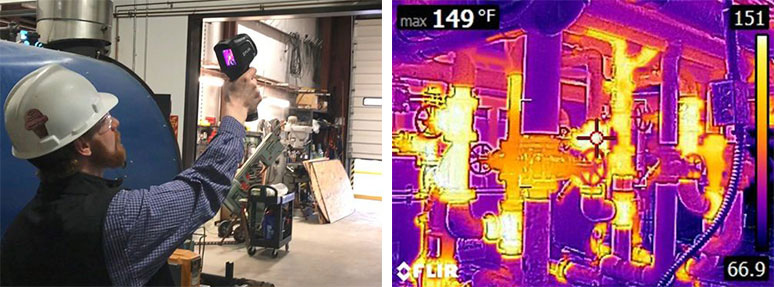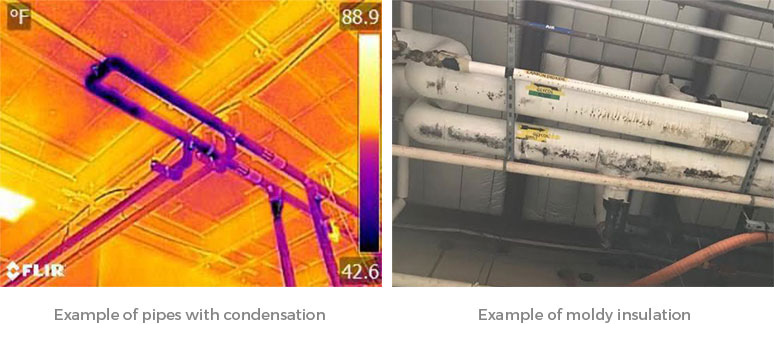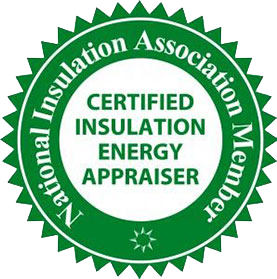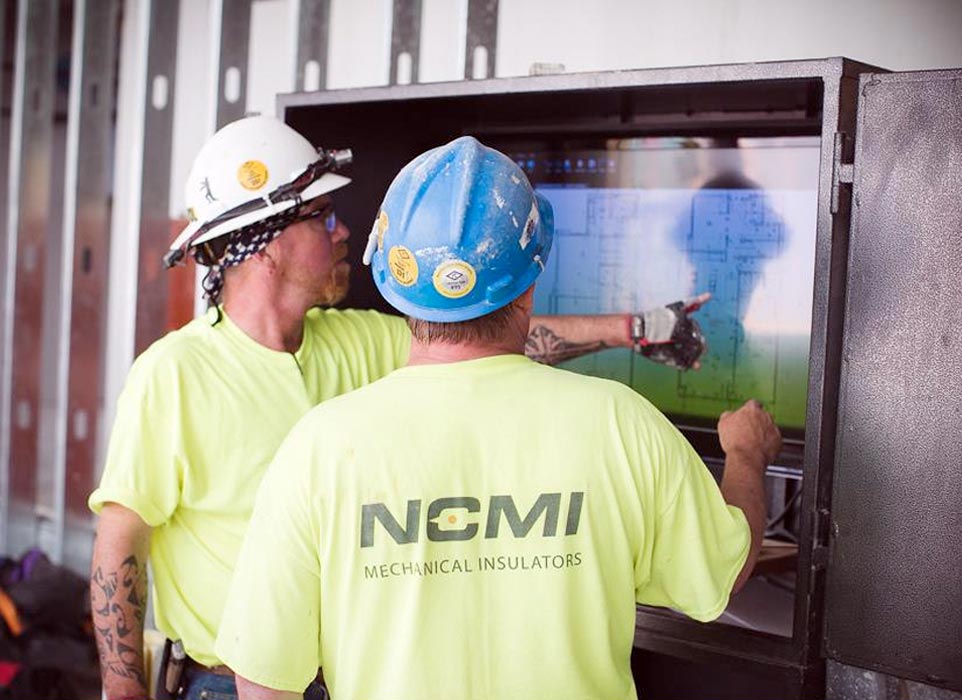Everything You Need To Know About Insulation Energy Appraisals
Insulation Energy Appraisals are a data-backed analysis of your facility’s mechanical insulation. The appraisal report shows facility managers and owners how much energy and money are being spent to operate with their current mechanical insulation system. The report then demonstrates how much money and energy could be saved with a properly selected, specified, designed, installed, and maintained mechanical insulation system.
The Insulation Energy Appraisal process was created by the National Insulation Association over a decade ago. The goal is to assess the insulation system that is currently in place and show how a more efficient system could:
- Save energy
- Improve process control and efficiency
- Reduce fuel costs
- Contribute to a cleaner environment through reduced emissions
The Insulation Energy Appraisal process consists of four steps (outlined below). The final deliverable is a comprehensive report outlining your facility’s current energy loss, emissions, and energy costs, as well as potential savings with an upgraded insulation system.
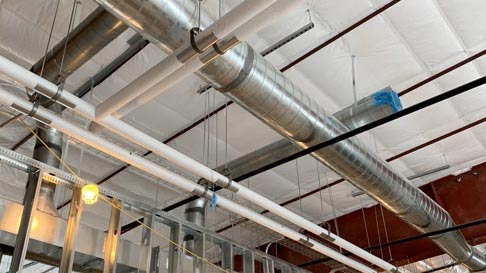
4 Steps in The Energy Appraisal Process
- Gather Information
- Complete a Facility Walkthrough
- Analyze the Data
- Deliver the Final Report and Recommendations

